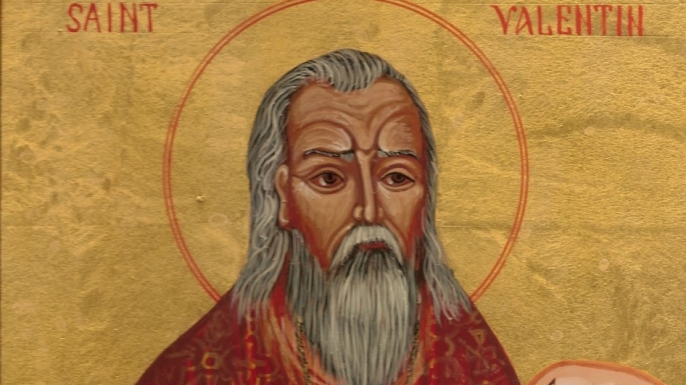10 Historical Facts You Didn’t Know About Valentine’s Day

Each year on February 14th, many people exchange cards, candy, gifts or flowers with their special “valentine.” The day of romance many people call Valentine’s Day is named for a Christian martyr and dates back to the 5th century, but has origins in the Roman holiday Lupercalia. The following facts are based on the origins and history of Valentine’s day.
1. The most popular theory about Valentine’s Day origin is that Emperor Claudius II didn’t want Roman men to marry during wartime. Bishop Valentine went against his wishes and performed secret weddings. For this, Valentine was jailed and executed. While in jail he wrote a note to the jailer’s daughter signing it “from your Valentine”.
2. Officially recognized by the Roman Catholic Church, St. Valentine is known to be a real person who died around A.D. 270. However, his true identity was questioned as early as A.D. 496 by Pope Gelasius I, who referred to the martyr and his acts as “being known only to God.”
3. The saint you celebrate on Valentine’s Day is known officially as St. Valentine of Rome in order to differentiate him from the dozen or so other Valentines on the list. Because “Valentinus”—from the Latin word for worthy, strong or powerful—was a popular moniker between the second and eighth centuries A.D., several martyrs over the centuries have carried this name.
4. Valentine is the patron saint of beekeepers and epilepsy, among many other things. Saints are certainly expected to keep busy in the afterlife. In this respect, St. Valentine has wide-ranging spiritual responsibilities. People call on him to watch over the lives of lovers.
5. You can find Valentine’s skull in Rome. The flower-adorned skull of St. Valentine is on display in the Basilica of Santa Maria in Cosmedin, Rome. In the early 1800s, the excavation of a catacomb near Rome yielded skeletal remains and other relics now associated with St. Valentine.
6. Chaucer may have invented Valentine’s Day. It was not until the 14th century that this Christian feast day became definitively associated with love. According to UCLA medieval scholar Henry Ansgar Kelly, author of Chaucer and the Cult of Saint Valentine, it was Chaucer who first linked St. Valentine’s Day with romance.
7. In 1969, the Catholic Church revised its liturgical calendar, removing the feast days of saints whose historical origins were questionable. St. Valentine was one of the casualties.
8. Over the centuries, the holiday evolved, and by the 18th century, gift-giving and exchanging handmade cards on Valentine’s Day had become common in England. Hand-made valentine cards made of lace, ribbons, and featuring cupids and hearts eventually spread to the American colonies.
9. Valentine’s Day symbols that are used today include the heart-shaped outline, doves, and the figure of the winged Cupid. Since the 19th century, handwritten valentines have given way to mass-produced greeting cards.
10. Because of the abundance of St. Valentines on the Roman Catholic roster, you can choose to celebrate the saint multiple times each year. Besides February 14, you might decide to celebrate St. Valentine of Viterbo on November 3. The Eastern Orthodox Church officially celebrates St. Valentine twice, once as an elder of the church on July 6 and once as a martyr on July 30.





